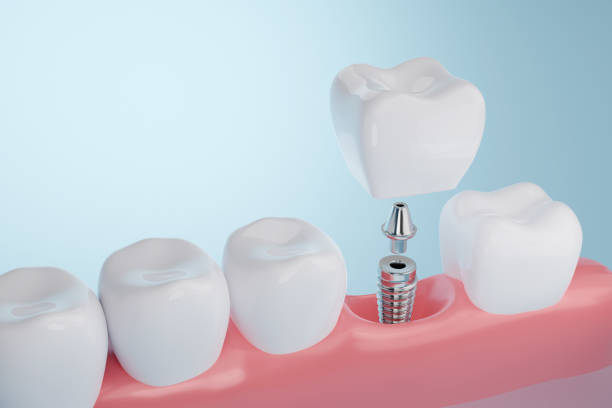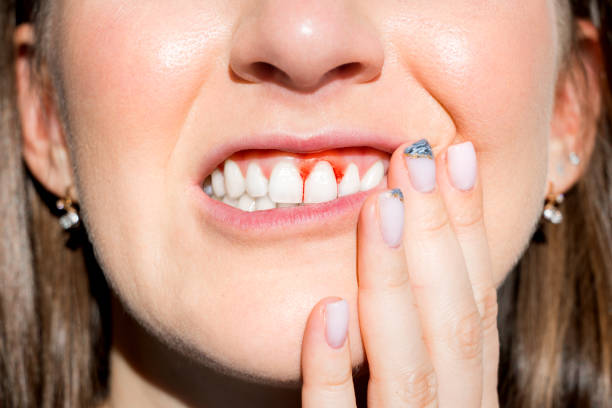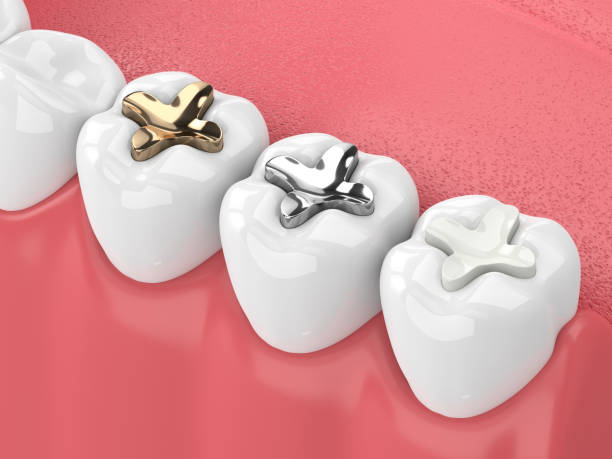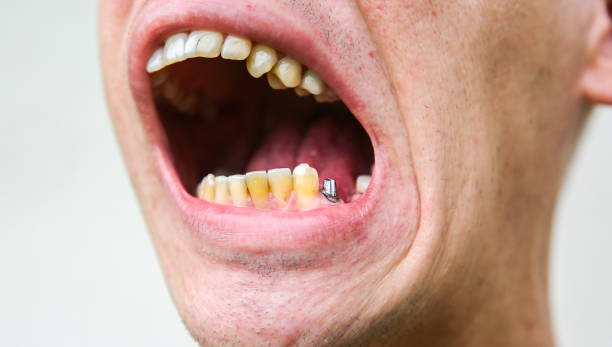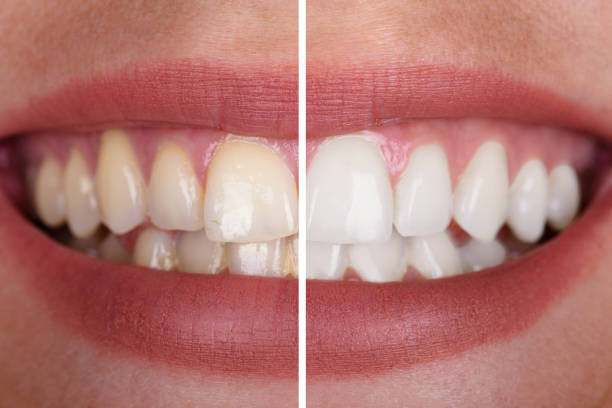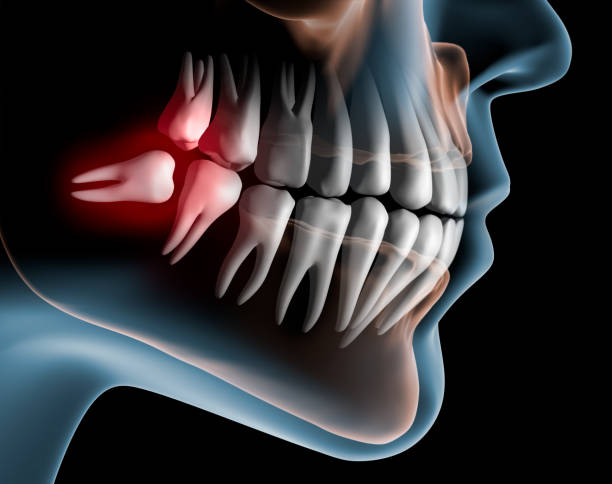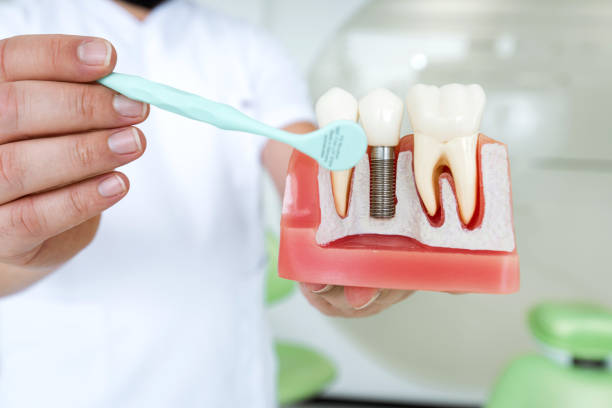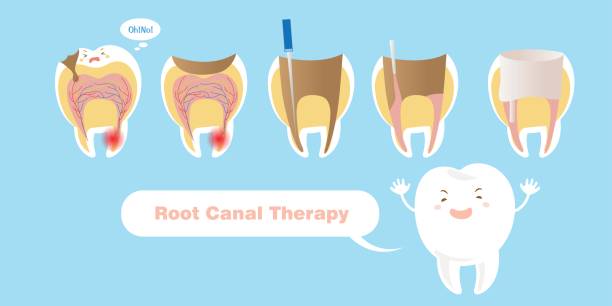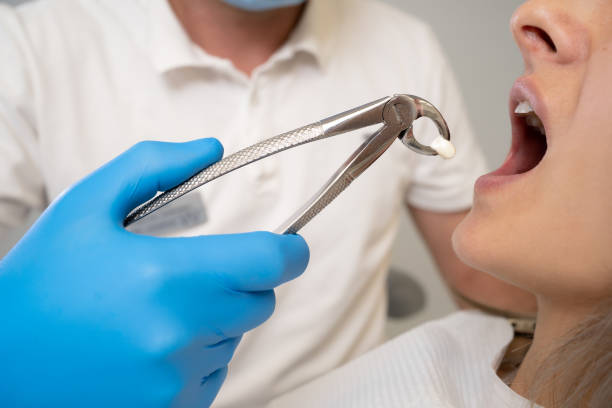What should we eat after we get wisdom teeth removed, this is an important thing that we need to pay attention to. First, what are wisdom teeth? Third molars are another name for wisdom teeth. They are often the last teeth to erupt and grow at the back of your gums.
Four wisdom teeth are common, one at each back corner of the mouth. Your wisdom teeth may develop at strange angles or partially emerge due to the limited space at the rear of your mouth. We refer to these as impacted wisdom teeth. Impacted wisdom teeth might result in a number of issues. Due to their difficulty in cleaning, they could become infected, harm nearby teeth, crowd the mouth, or begin to rot.
People frequently have their wisdom teeth removed in order to solve these issues. However, until they cause issues, wisdom teeth don’t necessarily need to be removed.
It’s crucial to make sure you’re eating well after having your wisdom teeth removed. A balanced diet lowers the possibility of problems, assists with swelling control, nourishes the body, and promotes wound healing.
After surgery, your diet should consist of soft, simple-to-chew meals. In order to promote wound healing, they should also be rich in vitamins, minerals, energy, and protein.
Table of Contents
What to Eat After Wisdom Teeth Removal
After having your wisdom teeth removed, you could eat below 15 soft foods.
1. Blended soups
Following wisdom tooth extraction, blended soups are ideal to eat, such as tomato or pumpkin soup. They are simple to eat and don’t have any pieces that could irritate the surgical site.
Additionally, soups typically contain a lot of vitamins and minerals. When you are unable to consume a lot of whole fruits or vegetables, do this to make sure you still fulfill the daily dietary recommendations. Blended soups can help you stay hydrated, which is crucial following surgery.
Making sure your soups are either lukewarm or chilly is a good idea because hot soups can irritate. In order to prevent chunks, make sure to blend vegetable-based soups as smoothly as you can.
2. Greek yogurt
After having dental surgery, you can eat healthy foods like Greek yogurt which is high in protein. It has a silky, creamy feel that could ease oral discomfort.
Protein, vitamins, and minerals like calcium and zinc are all abundant in Greek yogurt.
Foods high in protein may speed up healing. In actuality, numerous studies have connected a low-protein diet to a more sluggish recovery.
Additionally, research demonstrates that consuming enough zinc may facilitate wound healing.
However, if your level of zinc is already good, taking in more zinc could not offer any additional advantages. However, many meals high in zinc, including steak and other meats, are difficult to eat after oral surgery, so Greek yogurt can be a good alternative.
3. Broths
Similar to soups, broths are a great source of nutrition following dental surgery.
In addition to being delicious, they also have a number of vitamins and minerals. Additionally, if you have trouble getting enough water in your diet, broths are an excellent method to stay hydrated.
One kind of broth that is praised for its health properties is bone broth. It is a nourishing stock created by boiling connective tissue and animal bones.
The components of bone broth have been the subject of investigations, however, there are no direct studies on the health effects of bone broth, despite the possibility that it may be anti-inflammatory.
You prevent rubbing the wound, make sure to only consume the soup at lukewarm or cold temperatures.
4. Scrambled eggs
One of the greatest meals to eat following wisdom tooth removal is eggs. They are a great source of vitamins and minerals and high-grade protein.
Try to find pasteurized or omega-3-enriched versions of eggs when you’re shopping. Omega-3 fatty acids may promote wound healing.
Comparing scrambled eggs to other egg preparations, they may be simpler to chew and swallow.
5. Mashed potatoes
A versatile root vegetable, potatoes can be prepared in a variety of ways. Particularly after having your wisdom teeth removed, mashed potatoes might be soothing to eat.
They are calorie and nutrient-dense, both of which are crucial for recuperation. This is due to the fact that following surgery, people need a little more energy.
If you have trouble eating enough food, mashed potatoes are a terrific option since they provide you the chance to get a lot of nutrients and energy in just a few bites.
Make sure your mashed potatoes are either lukewarm or chilly because hot meals may irritate the wound.
6. Applesauce
It’s not advisable to eat apples after having your wisdom teeth removed since they are hard and chewy. One approach to improve your fruit intake while reducing irritation is to eat applesauce.
Applesauce, on the other hand, is frequently produced from puréed apples that are usually cored and skinless, which lowers their nutritional value. This is so because the skin is a rich source of fiber, vitamins, and minerals.
However, an apple without the peel is a good source of vitamins like vitamin C. This vitamin might strengthen the immune system, which might facilitate wound healing.
7. Banana ice cream
When you are healing after wisdom tooth surgery, ice cream is frequently suggested. Regular ice cream is often heavy in sugar and fat, despite the fact that the coldness may have a calming effect on the wound.
An excellent homemade substitute for traditional ice cream is banana ice cream.
8. Mashed bananas
One of the most consumed fruits worldwide is the banana. After dental surgery, they are simple to chew and swallow due to their soft texture.
Bananas also contain a wide range of vitamins and minerals, including potassium, vitamin B6, manganese, and folate, making them very nutrient-dense.
Bananas’ texture can be further softened by mashing them, lowering the likelihood of discomfort.
9. Avocado
Fruits like avocados are unusual. Avocados have a low carbohydrate content but are high in healthful fats, unlike the majority of fruits.
They are excellent to eat while you are healing from having your wisdom teeth out because of their smooth, creamy texture.
Avocados are incredibly healthy and a great source of potassium, vitamin C, and vitamin K.
According to a study done on animals, avocados may hasten the healing of wounds. The results of this study are encouraging, even though they do not show whether avocados speed up wound healing in people.
Although avocados are often simple to eat, during your rehabilitation it could be best to have whipped or mashed avocado.
10. Smoothies
When you are unable to have a substantial meal, smoothies are a terrific method to improve your nutrition.
They are quite flexible and simple to eat. Smoothie components can be changed to suit personal preferences and dietary needs.
For instance, Greek yogurt or a scoop of protein powder added to smoothies can greatly increase your consumption of protein, which is crucial for recuperation. Low protein consumption has been linked to worse recovery, according to studies.
Try blending your preferred protein with some fruit and veggies in addition to it. You should use fruit that has no seeds, so steer clear of strawberries and blackberries.
11. Cottage cheese
Low in calories and rich in vitamins and minerals is cottage cheese. While you are healing after wisdom tooth surgery, it is simple to chew and swallow because it is soft and creamy.
In addition, cottage cheese is a great source of protein, which may help with wound healing.
Additionally simple to put into your diet is cottage cheese. Try incorporating it into your smoothies or scrambled eggs.
12. Hummus
Middle Eastern cuisine frequently includes hummus, which has gained popularity all around the world.
It’s a fantastic source of protein, vitamins, minerals, and good fats. Hummus is a great dish for someone who just had their wisdom teeth removed because of this.
In a food processor, combine chickpeas, olive oil, tahini, lemon, and garlic to create hummus. As an alternative, most supermarkets sell readymade hummus.
Unfortunately, because of the crispy texture of chips and pita bread, you might not be able to enjoy hummus with them. Hummus is still wonderful when eaten on its own, though.
13. Instant oatmeal
One of the healthiest foods is oats. They have vitamins and minerals, are filling, and are a rich source of fiber.
It’s advised to wait at least 3 days after having your wisdom teeth removed before eating oats because of their slightly chewy and sticky nature.
Additionally, instant oatmeal is preferable since it is less chewy than other varieties, such as steel-cut oatmeal.
Make sure the oats have cooled off before you consume them to prevent inflammation.
14. Mashed pumpkin
After having your wisdom teeth removed, mashed cooked pumpkin is an excellent food to eat. It’s a fruit even though it’s sometimes referred to be a vegetable.
Its mushy, soft texture makes it simple to chew and swallow without irritating the mouth.
In addition, pumpkin has high levels of potassium, vitamins A, C, and E. These vitamins might boost immunity, which might aid in the body’s recovery following wisdom teeth extraction.
To prevent it from stinging your wound, let the pumpkin cool down first.
15. Salmon
One of the healthiest fish you can consume is salmon. Additionally, due to its softness and ease of chewing, it’s wonderful to eat after dental surgery.
Protein and good fats like omega-3 fatty acids are abundant in salmon. Particularly if you already have low levels of omega-3 fatty acids, these fats may promote wound healing by lowering inflammation.
Even though inflammation is necessary for the healing of wounds, if it persists for too long, it can make recovery more difficult.
What Not to Eat After Wisdom Teeth Removal
Following wisdom tooth removal, there are some foods you should avoid. For the first several days, stick to the meals on the list above. Until the extraction site has healed, stay away from the following foods for at least a week.
- Citrus juice is an example of acidic and hot food that can irritate and hurt.
- Alcohol might aggravate the area and is likely to interact poorly with the painkillers your doctor has recommended.
- Any kind of seeds and grains, including rice and quinoa, are easily trapped in the extraction site.
- Nuts, chips, and jerky are examples of foods that can reopen stitches and cause a delay in healing.
What Will Happen If Eating Wrong Foods After Wisdom Teeth Removal?
Foods that are tough, scorching hot, chewy, crunchy, or spicy may get lodged in the surgical socket or aggravate the incision, which can prolong the healing process and cause discomfort and bleeding. Instead, stick to soft foods. Nuts and seeds should also be avoided until you are fully healed since they can lodge in the sockets.
Recovery timeline of Wisdom Teeth Removal
Eat only liquids and soft meals during the first 24 to 48 hours, such as yogurt, apple sauce, and ice cream. Foods that are cold could ease some of the discomforts.
You might experiment with incorporating more solid foods as you begin to feel better. Try eating things like eggs, bread, or oatmeal on the third day following surgery. Increase the number of solid foods gradually as chewing doesn’t hurt. Return to soft and semisoft foods if chewing causes you pain.
Within a week, most people can start eating normally again.
Complications of Wisdom Teeth Removal
Although they are rare, problems after wisdom tooth removal are possible. Reopening of the extraction site is the most frequent consequence, which slows healing.
1. Dry sockets
They take place when the blood in the tooth socket fails to clot or if the clot becomes displaced. This usually occurs three to five days after having a tooth extracted. Your surgeon can provide treatment for dry sockets. Debris will be flushed out, and a medicated dressing may be placed over the socket. Dry socket signs and symptoms include:
- A bad taste or odor emanating from the socket
- Throbbing or hurting gum or jaw discomfort (which may be severe)
- Exposed bone
2. Infections
Food crumbs or other microorganisms that get stuck in the socket where your wisdom teeth were removed might lead to infections. Bacteria should be treated quickly since they can spread throughout the body. Infection signs and symptoms include:
- Pus or blood at the extraction site
- Fever
- Muscular spasms in the jaw
- Chills
- Inflamed or painful gums close to the extraction site
- Unpleasant flavor or odor in the mouth
3. An allergic response
Get emergency medical help if you exhibit symptoms of an allergic reaction. Your doctor may have recommended medications, including your painkiller, that you are allergic to. Allergic response symptoms include:
Shortness of breath, difficulty breathing, feeling as though your tongue or throat is swelling, lightheadedness, a quick heartbeat, and fever
4. Nerve damage
Although it is uncommon, wisdom teeth removal can sometimes cause nerve injury. The trigeminal nerve could become damaged during surgery. Most frequently, the damage is just transitory, lasting a few weeks or months. If the injury is severe, nerve damage may be irreversible. The following are signs of nerve injury brought on by wisdom teeth extraction:
Gum, tongue, chin, surrounding teeth, and lower lip pain, numbness, or tingling
As long as patients adhere to their doctor’s recovery recommendations, the majority of patients recover fast from wisdom tooth removal. A key component of these guidelines is to consume the proper foods and beverages while avoiding improper ones. You’ll feel a lot more at peace, and the likelihood of difficulties will be greatly reduced.


